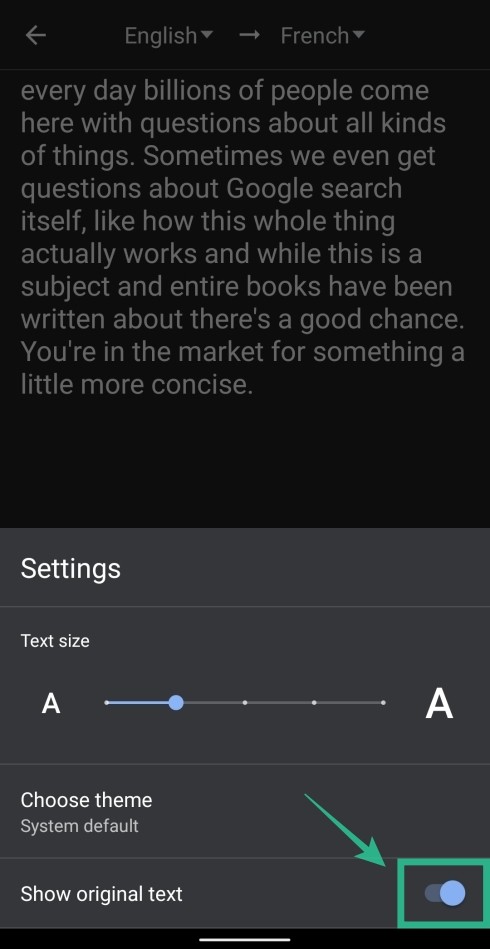

The input image is reduced to a set of smaller images (called feature maps) using Convolutional layers and then is upsampled by Transposed Convolutions till it reaches the original input dimensions. The architecture described in the paper is defined by a U-Net for the Generator and a Markovian Discriminator or Patch discriminator for the Discriminator: * U-Net: Consists of two blocks: Downsampling and Upsampling. The main differences between Pix2Pix and other GAN models are (1) The Generator of the first takes as input an image to start the generation process, while vanilla GANs use random noise, and (2) Pix2Pix is a fully supervised model, which means that the data set is composed of paired images from both domains (input and ground truth images) Both networks are trained in an adversarial game where G aims to generate new images that look similar to those of the data set and D has to decide whether the image is generated (fake) or comes from the data set (true) This means that its architecture is formed by a Generator network (G) and a Discriminator (D). Pix2Pix is a conditional GAN based model. The most used approaches are based on the following architectures: In the past few years, several methods have been developed to address the problem of Image-to-Image translation by taking advantage of generative models. Photoby Ales Krivec on Unsplash edited by the author The 5 most promising AI models for Image translation One of the most eye-catching applications of Image translation is the conversion of a simple drawing into a beautiful landscape or painting.


 0 kommentar(er)
0 kommentar(er)
